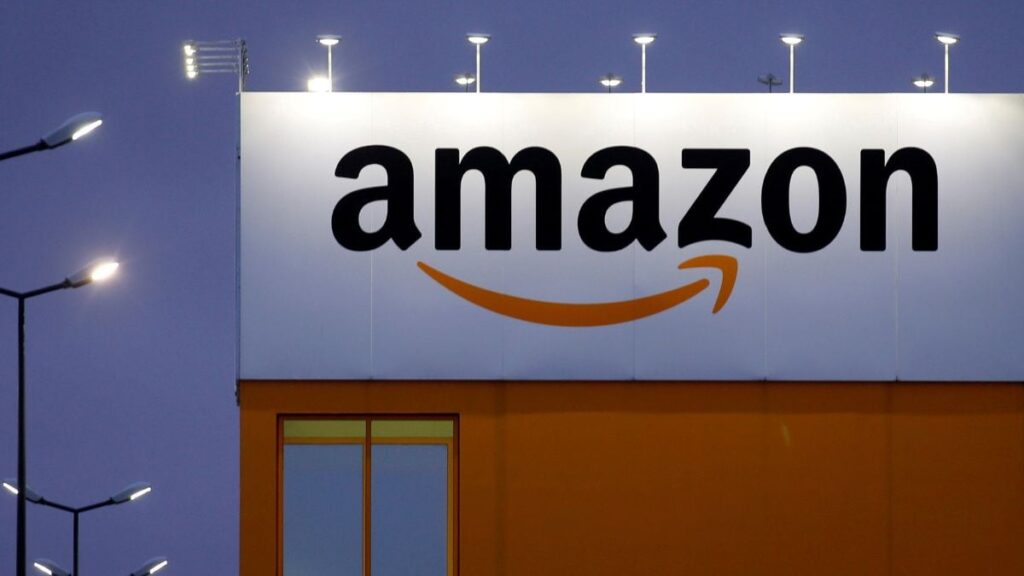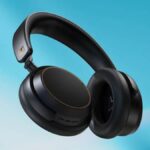Amazon, in its search for greater efficiency, has developed new systems to save a few seconds on each package delivery and to help customers make faster purchasing decisions, even for new types of products they may know little about.
The company announced Wednesday that it has created reflectors inside its trucks that guide delivery people to packages for each stop along the route.
The technology, which Amazon calls Vision Assisted Package Retrieval, works by shining a green light on packages so the delivery person doesn’t have to waste precious seconds reading labels.
“When we speed up deliveries, customers buy more,” said Doug Herrington, CEO of Amazon’s global stores, in remarks at the event. “Once a customer experiences fast delivery, they’ll come back sooner and buy more.”
Amazon said it will equip 1,000 active delivery trucks, supplied by electric vehicle maker Rivian, with reflector technology early next year. Herrington said the delivery van’s ceilings are equipped with cameras and LED projectors that instantly read package tags to know which are destined for which customers.
Amazon is Rivian’s largest shareholder and has ordered 100,000 electric delivery vehicles to be installed by 2030.
Shares of Amazon and Rivian were up about 1 percent in morning trading.
The new system resembles technology widely used in Amazon warehouses that shines a light on items on shelves with robotic wheels so workers can pick them and place them in bins. That system replaced one where some workers walked up to 10 miles a day pushing carts through narrow passages to find stored items.
Cutting the time it takes to deliver each package by a few seconds means Amazon can increase the number of deliveries each worker makes in a shift. Today, Amazon said, delivery people reach about 100 customers each day.
At an event held at a warehouse near Nashville, Tennessee, Amazon also said it is using new artificial intelligence software that can reduce the need to spend minutes or hours researching new products, such as televisions and dog food. The online guides will include more detailed information, as well as recommendations, so users can make more informed decisions faster, the Seattle-based company said.
The new feature follows one announced earlier this year that put AI search on Amazon’s main website. Called Rufus, it gives users longer answers to search queries.
In addition, Amazon announced that it plans to have smaller warehouses connected to Whole Foods stores so that customers are not tempted to shop at competing stores when items are not offered there. That way, customers could order a bottle of Pepsi while shopping at Whole Foods, which doesn’t sell soft drinks, and have it brought to them when they check out.
The first such store is located in Plymouth Meeting, Pennsylvania – about 15 miles north of Philadelphia – and will begin offering the service next year.
© Thomson Reuters 2024
(This story was not edited by NDTV staff and was automatically generated from a syndicated feed.)


